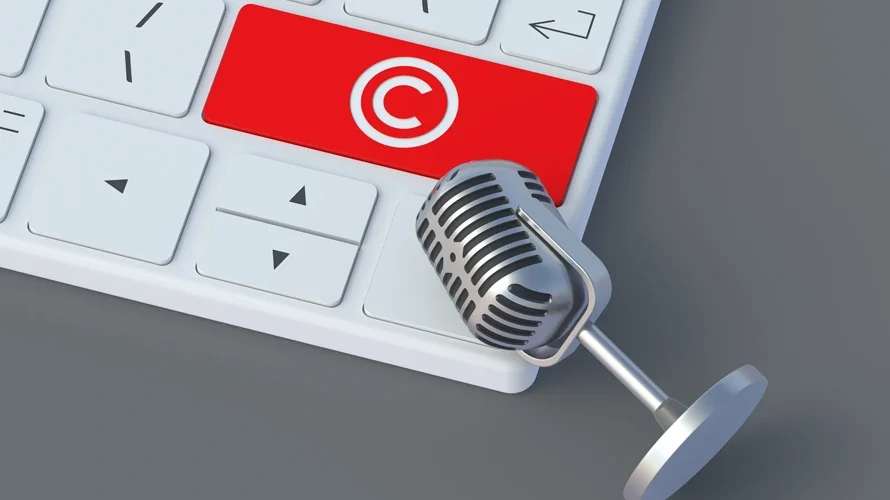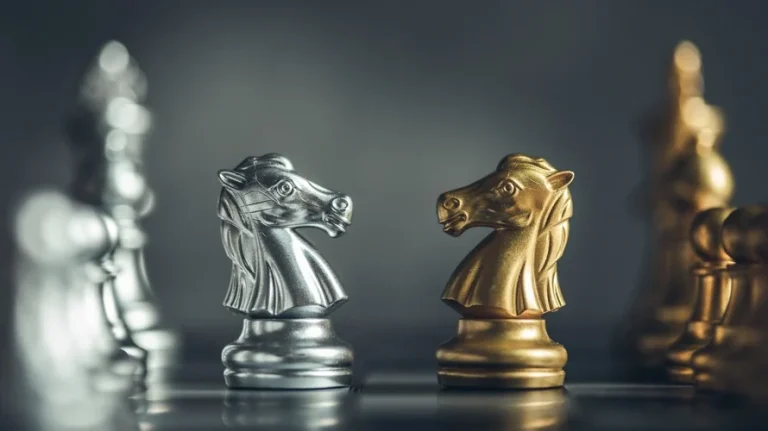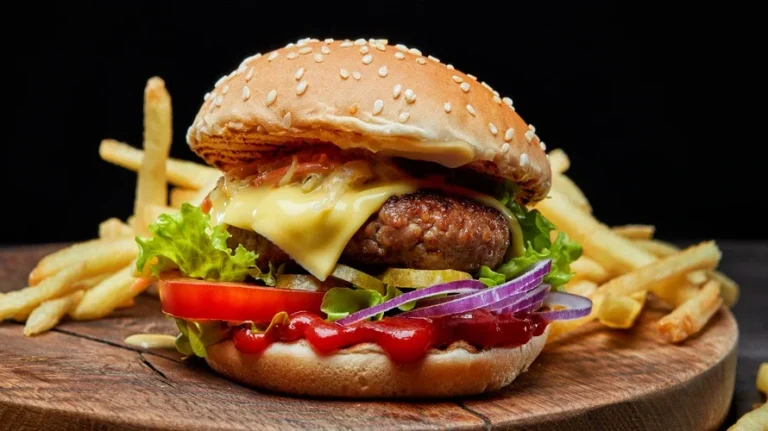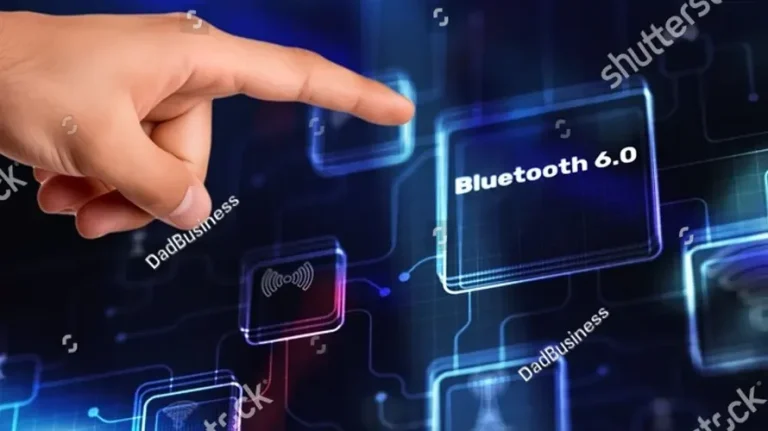
The theme for World Intellectual Property Day on 26 April 2025 is “IP and Music: Feel the Beat of IP” and in celebration of such an important aspect of copyright, the World Intellectual Property Organization (WIPO) says:
From the rhythms that invite us to dance, to the lyrics that echo our emotions, music enriches every aspect of our lives. Music is a universal form of creative expression and intellectual property (IP) rights play a pivotal role in supporting a vibrant and diverse music landscape.
The Expanse of Music & IP
Indeed, music permeates and enriches many facets of our lives and cultures. One cannot imagine any celebration without music or even persevering at the gym without our trusted playlist. However, we, as music connoisseurs, often forget that it is the existence and enforcement of IP (especially copyright) laws that keep a thriving music scene that benefits everyone, everywhere. The law fosters the presence of music in every industry from film, entertainment, technology, fashion, video games, and to merchandizing; enabling creative synergies and innovation between music and these sectors that fuel economic growth. In 2023, the music industry’s total revenue reached close to USD 29 billion, marking at least a 10% increase from the previous year; driven by several factors including the number of paid music streaming subscribers surpassing half a billion for the first time. Despite the dominance of digital formats, physical record sales have also seen gains, and revenue from live music continues to thrive as people flock to concerts and music events with revenge after the end of the global pandemic.
And it is this lucrative economic carrot that also draws rampant IP (especially copyright) infringement in the form of music piracy.
The Law
In Malaysia, music copyright is governed by the Copyright Act 1987. This piece of almost 50-year-old legislation provides protection to creators and owners of eligible creative works, including musical works (composition and lyrics of a song) and sound recordings (recording of a musical performance) for the lifetime of the author (composer or lyricist) plus 50 years after their death; shorter than the 70 years in most countries like USA, UK, Japan, Europe. During this period, copyright owners are granted exclusive rights to reproduce or make copies of the work, sell and distribute, perform the work publicly, right to create derivative works based on the original. Any unauthorized use of copyrighted music is definitely a copy-wrong that can lead to legal action and penalties (fine and/or imprisonment).
The Power of Derivative Musical Work
The statutory right of the copyright owner to create or authorize others to create derivative works is an important feature of music copyright because sometimes even with our favourite songs that we have played for the thousandth time, we would like to listen to a fresh take. Derivative works in music copyright refer to new creations that are based on existing copyrighted music. This could include transforming, modifying or adapting major copyrightable elements of an original work into a new creation. “Macarena” by Los Del Rio was originally sung in Spanish, but when this song was translated into English or Spanglish, it became a global dance sensation in the 1990s even without the advent of TikTok yet. Such translation often brings a unique flavor to the original songs, making them accessible to a wider international audience. More listening ears means more consumption which in turn churns out copyright royalties that can even sustain a one-hit-wonder maker for his lifetime.
Some songs are given a musical rearrangement or remix that brings a fresh lease of life to the original composition or sometimes even a deeper emotional depth. Think “I Will Always Love You” by Whitney Houston – originally a country song by Dolly Parton from 1973 but Houston’s powerful rendition twenty years later for “The Bodyguard” soundtrack became a global phenomenon that was bigger than the original song. However, Parton’s thunder was hardly stolen because not only did it bring renewed interest to her original song, but she also no doubt was laughing all the way to the bank as the beneficiary song composer when Houston’s cover of her song ruled the Billboard Hot 100 for a then-record-breaking 14 weeks.
On a smaller economic scale, even the licensed sampling of a small portion or the hook of a well-known musical work in a new composition can generate admirable income for the original artist or even its estate if the legacy artist has passed on; provided the new composition proves popular. This proves true in one of the most famous music copyright court cases in modern pop music history– Robin Thicke and Pharrell Williams v. Marvin Gaye’s Heirs. This case centered around the song of summer 2013 “Blurred Lines,” which was alleged to infringe upon Marvin Gaye’s “Got to Give It Up”. The jury found in favour of Gaye’s estate in 2015, leading to substantial damages and setting a precedent in the music industry regarding the protection of the “feel” of a song.
The Copy-fight over the Copy-wrong of Copyright
Given the integral part that music plays in everyday life and it being the subject of multitude IP rights, it is no wonder that music piracy has been around as long as music has been around. As the development of IP laws nurtures growth in music, its piracy has concurrently and significantly evolved over the years, adapting to technological advancements and changes in consumer behaviour. In the early 20th century, piracy began with the unauthorized copying and selling of sheet music. This led to significant financial losses for composers and publishers.
As physical media and sound recording technology advanced in the 1930s – 90s, piracy shifted to duplicating vinyl records, cassettes, and CDs. This writer remembers the days of rampant media piracy in Malaysia, where night markets, shopping malls and street corners openly sell bootleg copies, until the Optical Discs Act 2000 had to be enacted to deal with the copying and piracy of copyright works (mainly software, movies and music) in the form of optical discs (remember VCDs, DVDs, CD-ROMS, CDs and even BDs?). The law also regulates the production of optical discs and requires manufacturers to hold a license. However, it must be pointed out that such piracy in physical markets actually made it easier for law enforcement to track and seize counterfeit goods on-site. Nonetheless, once music took a digital turn in the following decade, the battlefield transformed altogether. The introduction of the MP3 format revolutionized music piracy. It allowed easy compression and sharing of music files online. During the digital revolution of music, Napster, a notorious peer-to-peer (P2P) file-sharing service, became the first major platform for digital music piracy. Despite legal battles and eventual shutdown, it already paved the way for other P2P networks to take its throne. With the rise of streaming services, piracy has persisted in adapting in this modern era, driven by user frustrations and the desire for free access to music. Torrenting sites in the last decade provide access to music files without hosting them directly. As technology advances, so too does the cunning craft of the pirates. Nonetheless, streaming platforms today have somewhat helped reduce piracy by offering affordable and convenient access to music, providing less incentive for consumers to resort to or support the dark side.
The legal and ethical implications of all this in Malaysia take the form of Section 43AA of the Malaysian Copyright (Amendment) Act 2022 that criminalizes the commission or facilitation of copyright infringement related to streaming technology, including manufacturing, importing, selling, or distributing such technology, with penalties of up to RM200,000 fine and/or 20 years imprisonment. Educational campaigns are conducted as part of efforts to increase public awareness about the importance of IP rights and the negative impact of piracy on the music industry are continuously ongoing, in tandem with enforcement by the authorities to actively enhance copyright protection by monitoring and taking action against piracy websites and stream-ripping tools. Support for artists include organizations like the Malaysian Association of Copyright Protection (MACP) that works to ensure that artists receive fair compensation and royalties for their work.
Technology races ahead, leaving the law in its wake
However, even as the law takes one step forward, technology provides challenges that could bring it two steps back. It would seem as if the art of music piracy has transformed and reinvented itself by taking the guise that ‘imitation is the sincerest form of flattery’. Since 2020s, the emergence of AI-generated music and vocals has presented unique challenges and opportunities in the realm of IP. AI-generated music is music created with the assistance of AI technologies that use algorithms and machine learning to compose, produce, and sometimes even perform music. AI-generated vocals refer to singing or spoken voices created using AI technologies that can produce realistic and high-quality vocal performances without the need for a human singer.
Here are some key implications of such AI-generated music and vocals that the law is still figuring out on how to navigate. Within traditional copyright laws, human authorship is required to qualify for protection because only human creativity is emphasized in law. This raises questions about whether AI-generated works can be copyrighted. One of the most well-known AI-generated vocalists, Hatsune Miku is a virtual pop star created using Yamaha’s Vocaloid software. She has a massive following and has even performed live concerts using holographic technology. Is she the author of her own musical works or is Yamaha, the creator of Hatsune Miku, also the creator of her music?
When AI like Open Ai’s Jukebox and Deepfake Music mimics the style and voice of famous artists, it can lead to potential violations of not just copyright but also the artist’s right to publicity. This right is a legal concept that grants individuals (especially celebrities or any public figures whose identity holds commercial value) control over the commercial use of their identity, including their name, image, likeness, and other recognizable aspects of their personality. In music, this of course includes voice especially for famous singers gifted not only with distinctive voices but probably only require a single-word moniker like Elvis, Cher, Adele, Madonna and Prince.
In 2024, Drake released diss tracks using AI-generated impersonations of Tupac Shakur. Tupac’s estate did not appreciate such unuathorised resurrection of the late rapper and sent a cease-and-desist letter asserting the right of publicity and copyright, prompting the take down of the recording.
AI-generated music and vocals are reshaping the music industry, but they also require careful consideration of IP rights to ensure fair and ethical use. It can create new opportunities for revenue, but it also requires clear guidelines on how royalties are distributed. Ethical considerations include a need for transparency in disclosing when music or vocals are AI-generated. This helps maintain trust with audiences and ensures ethical use of technology because the widespread use of AI in music creation could impact the cultural landscape, influencing how music is produced and consumed. Given the global nature of the music industry, international cooperation is essential to create consistent legal standards for AI-generated music.
Thus, even as we celebrate the contributions of creators, inventors, and entrepreneurs who are pushing the boundaries of innovation and creativity, the conversation must continue on how IP rights and policies empower them to bring fresh ideas to the music industry, safeguarding the work of all those who shape the music that we love.



